-
Posts
1,017 -
Joined
-
Last visited
Content Type
Profiles
Forums
Gallery
Events
Blogs
Posts posted by smerral
-
-
Imaged with the C8 and Starlight Xpress H9-C, using the Altair quadband filter. Total integration 155 mins.

I have been experimenting with combining an earlier full spectrum with the narrowband image and I think the result is rather groovy!
 According to the colour mapping the red-orange represents ionised hydrogen, the green oxygen and the magenta sulphur.
According to the colour mapping the red-orange represents ionised hydrogen, the green oxygen and the magenta sulphur. 

-
 15
15
-
-
Thanks for the hint. I may give it a go!

-
The Bubble nebula imaged with the Altair Astro 102 ED-R and Starlight Xpress SXV H9-C with the Altair Quadband filter. Total integration 95 minutes. Captured in APT, processed in Astropixel processor and Photoshop.

IC1396 100mins integration.

Crescent nebula. 150 mins total integration.

NGC 7000, IC1396 and the Veil nebula, all done with the Altair Astro 60 EDF and Canon 1000D (modded) + the Altair Quadband filter. NGC7000 is 3.5 hours total integration. I only managed 50 mins on the Veil and 30 mins on IC1396 before cloud interfered, so more data needed. It's also obvious I need a field flattener to get the most out of this combination. Captured in APT, stacked in Astropixel processor and processed in Photoshop.



-
 5
5
-
-
Thanks Mick. Basically I went with one shot colour for convenience and to save time.
I'm thinking of buying the Altair quadband filter to see what can be done with the OSC and narrowband.
Brian
-
Here is a stack of 20x300secs of NGC6946 or the fireworks galaxy, distance 22 million light years. Scope was the Altair Astro 102 ED-R at prime focus. Camera was the Starlight Xpress SXV-H9C.

-
 3
3
-
-
The Pacman nebula imaged last night.
Imaged with the Altair Astro 60 EDF and Starlight Express SXV H9-C. 10x300secs + 4x600secs.
NGC 281, IC 11 or Sh2-184 is a bright emission nebula and part of an H II region in the northern constellation of Cassiopeia and is part of the Milky Way's Perseus Spiral Arm. This 20×30 arcmin sized nebulosity is also associated with open cluster IC 1590, several Bok globules (Bok globules are isolated and relatively small dark nebulae, containing dense cosmic dust and gas from which star formation may take place - the black blob in the middle of the nebula is one such) and the multiple star, B 1. It is over 9000 light years distant.

The double cluster in Perseus imaged last night. Two lovely clusters at a distance of 7,500 light years.
Imaged with the Altair Astro 60 EDF and Starlight Express SXV H9-C. 15x30secs.

M81, the great spiral and M82, the Cigar galaxy, imaged last night. At a a distance of 11.74 million light years the two galaxies are interacting. The Cigar Galaxy is a site of intense starburst activity, believed to be triggered by this interaction.
Imaged with the Altair Astro 60 EDF and Starlight Express SXV H9-C. 10x300secs.

-
 4
4
-
-
The Cocoon nebula, imaged last night with the C8 and Canon 1000D. 7x300 secs + 3x600 secs.

-
 7
7
-
-
Super shot of a beautiful spiral.

-
Thank you Peter.

-
 1
1
-
-
It's been a while since I posted. The nights are now drawing in nicely in Caithness even though the weather has been hardly ideal! Nevertheless there have been a few clear spells lately so here goes.

Galaxy NGC 7331 is an unbarred spiral galaxy about 40 million light-years away in the constellation Pegasus. It was discovered by William Herschel in 1784. NGC 7331 is the brightest member of the NGC 7331 Group of galaxies. It has a radius of 60,000 light years and contains around 1.4 billion stars.
This was imaged with a Celestron C8 and Starlight Express SXVR-H9C with a 0.5 reducer. 10x300 secs + 3x600 secs.
Imaged using the Celestron C8 at f.5 and the Starlight Express SXV-H9C. The Dumbbell was 10x180 secs, NGC 891 7x300 secs +2x600 secs, and IC10 8x300 secs + 2x600 secs.
"NGC 891 is an edge-on unbarred spiral galaxy about 30 million light-years away in the constellation Andromeda. It was discovered by William Herschel on October 6, 1784."

"Messier 76 (M76), also known as the Little Dumbbell Nebula, is a planetary nebula located in the constellation Perseus. The nebula lies at an approximate distance of 2,500 light years from Earth."

"IC 10 is a small irregular galaxy in the constellation Cassiopeia at a distance of approximately 2.2 million light years. IC 10's location in the plane of the Milky Way hinders detailed observations as it is heavily obscured by interstellar matter. It is the only known starburst galaxy in the Local Group. Currently the stellar production rate is 0.04 to 0.08 solar masses per year. At this rate, the supply of gas in IC 10 will only last a few billion years longer."
Imaged last night with the C8 and Canon 1000D at f.6.7. 7x300secs + 3x600secs.
"IC 342 (also known as Caldwell 5) is an intermediate spiral galaxy in the constellation Camelopardalis, located relatively close to the Milky Way. Despite its size and actual brightness, its location in dusty areas near the galactic equator makes it difficult to observe, leading to the nickname "The Hidden Galaxy", though it can readily be detected even with binoculars. If the galaxy were not obscured, it would be visible to the naked eye. The dust makes it difficult to determine its precise distance; modern estimates range from about 7 to 11 million light years."

M74 - 10x300 secs
"Messier 74 (also known as NGC 628 and Phantom Galaxy) is a spiral galaxy in the constellation Pisces. It is at a distance of about 32 million light-years away from Earth. The galaxy contains two clearly defined spiral arms and is therefore used as an archetypal example of a grand design spiral galaxy.The galaxy's low surface brightness makes it the most difficult Messier object for amateur astronomers to observe. However, the relatively large angular size of the galaxy and the galaxy's face-on orientation make it an ideal object for professional astronomers who want to study spiral arm structure and spiral density waves. It is estimated that M74 is home to about 100 billion stars."

-
 6
6
-
-
Just one final go at the above:

-
Here's mine from a just a couple of days back. It's the old favourite, the Orion nebula - but I think trapezium would be a better title as those stars show up very well. The stars look best in the first processing whilst the second is better for nebulosity. Taken with a Skywatcher Mak 127 and a modded spc900nc webcam:


-
Hi,
I wonder if anyone could help? I am trying to get it to work with my AZ synscan. I can connect the telescope with stellarium scope and I can connect it in stellarium, but it won't let me do both. It seems to be some kind of port mis-match. When I click on the diagnostic tab I get this:

I am running windows xp.
Any help would be much appreciated,
Thanks,
Brian
-
Umm, problems - I can get stellarium to detect the telescope, and stellarium scope, but not at the same time - it's as if there is some kind of conflict between the two programs.....

















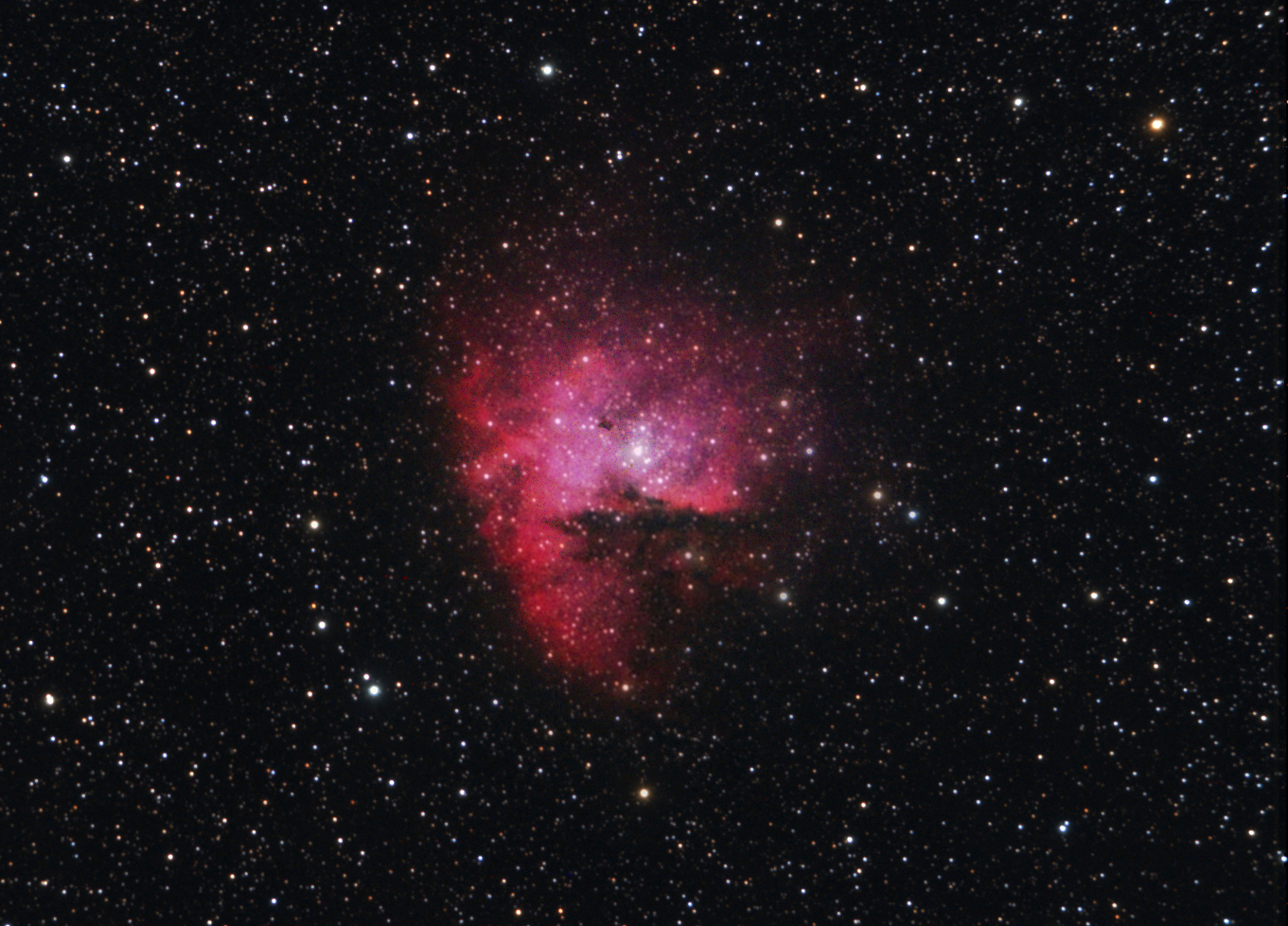
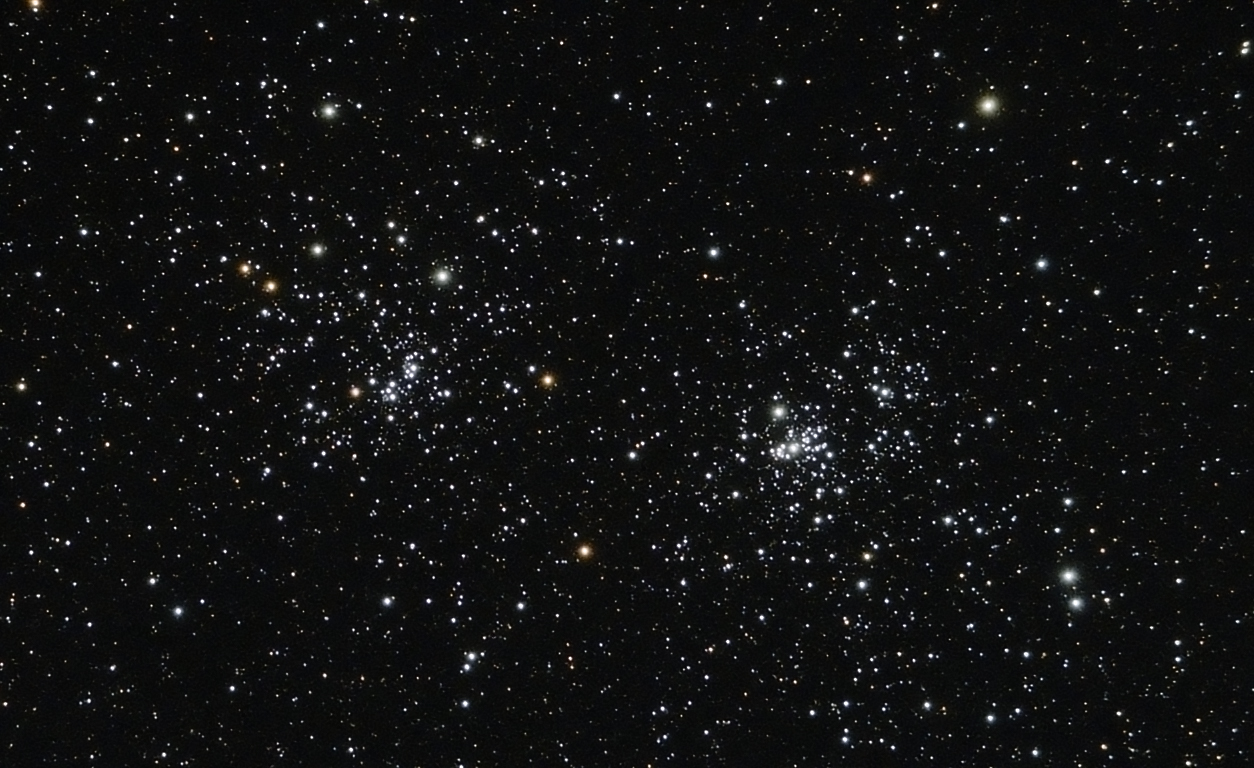

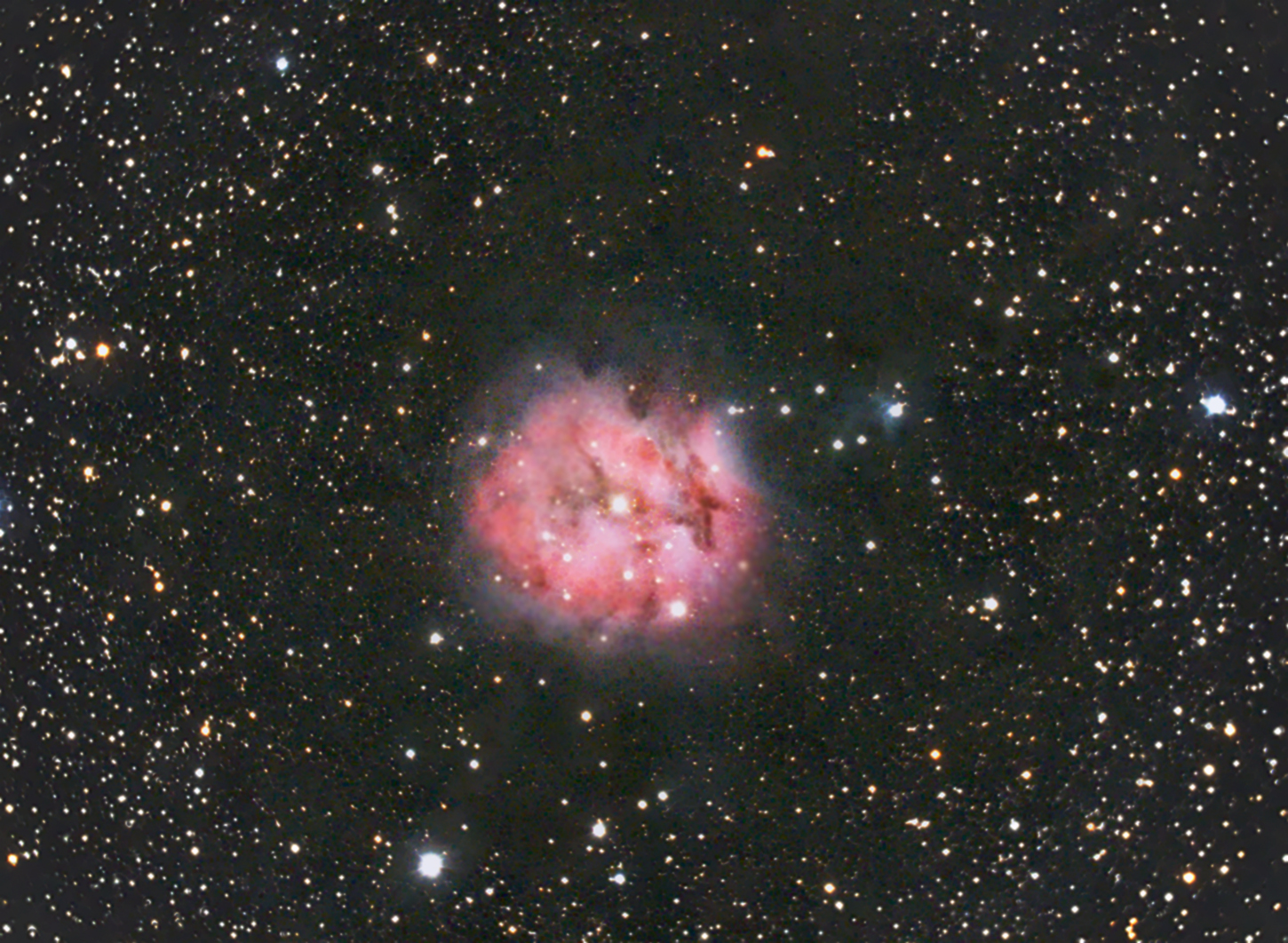




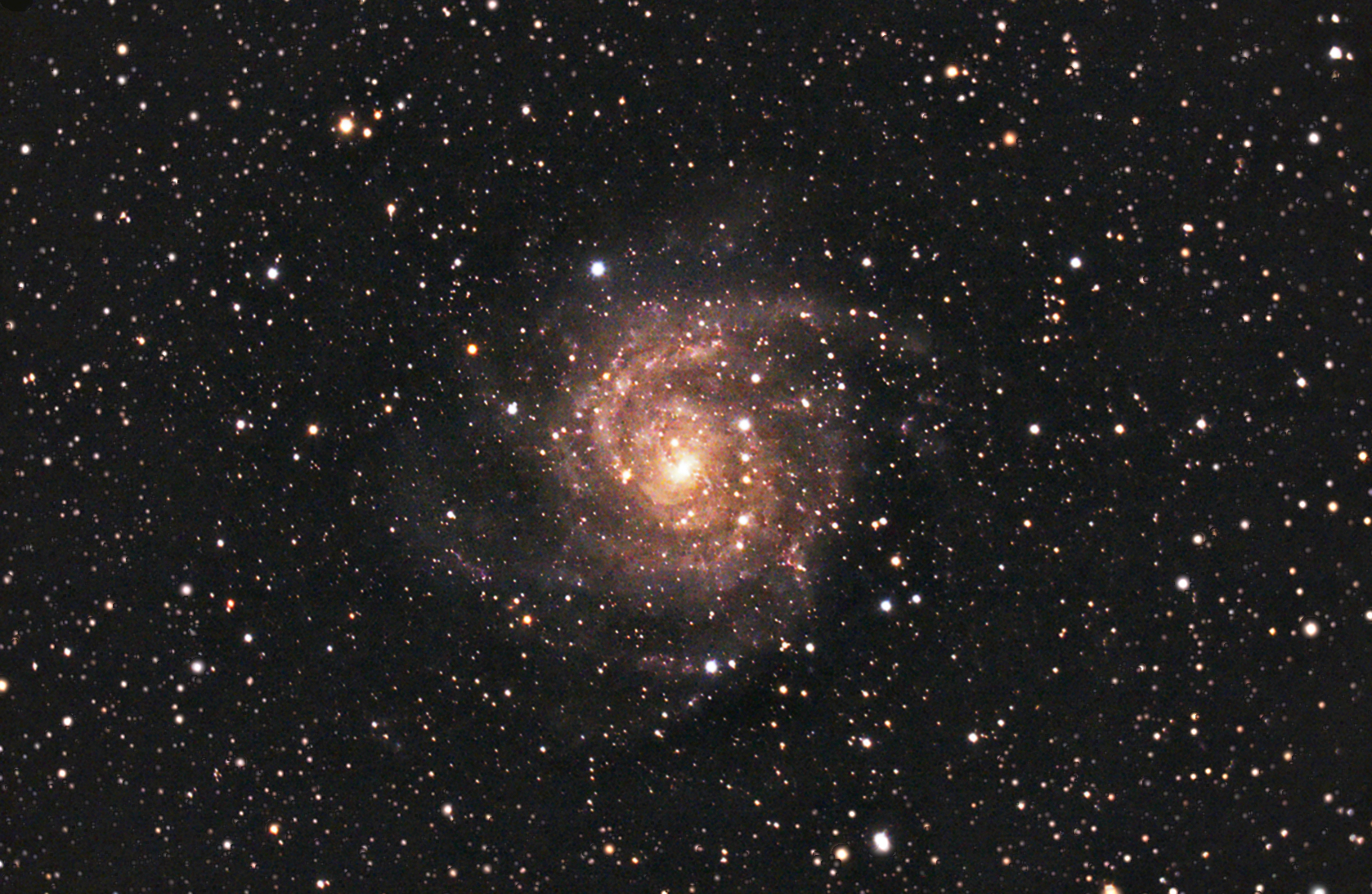
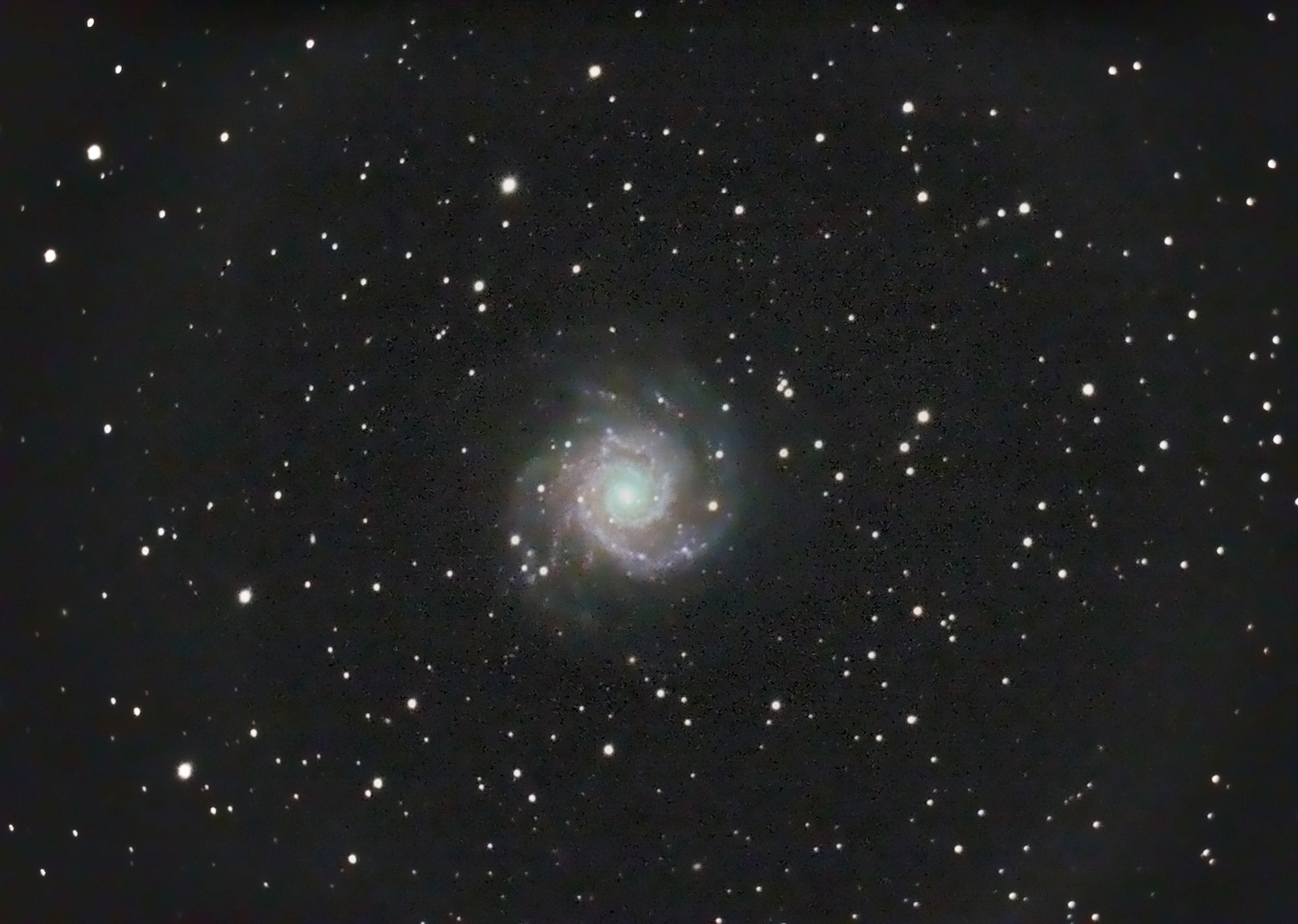
M81 with the C8.
in Imaging - Deep Sky
Posted
Two images of old favourite M81 using the C8 and Starlight Xpress H9-C at f 5.7. The first is full spectrum, the second uses the Altair quadband filter. Both have a total integration time of 100 mins.
And my attempt to combine both images.
